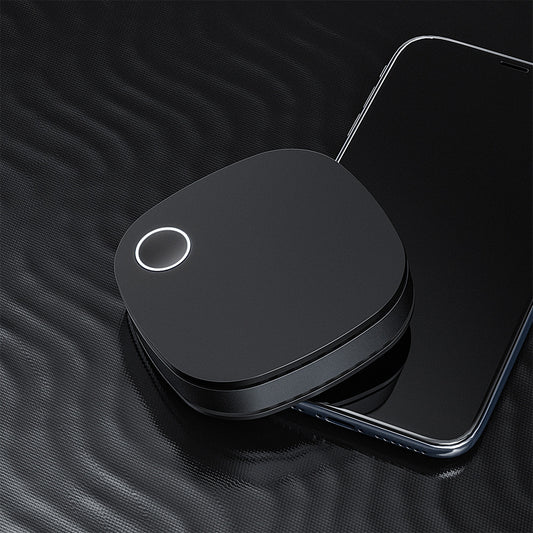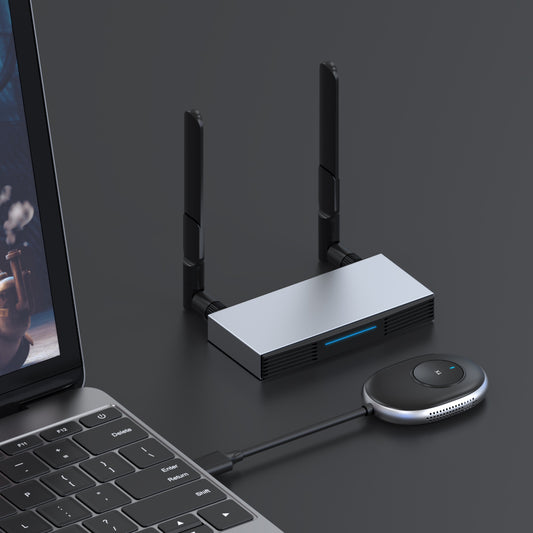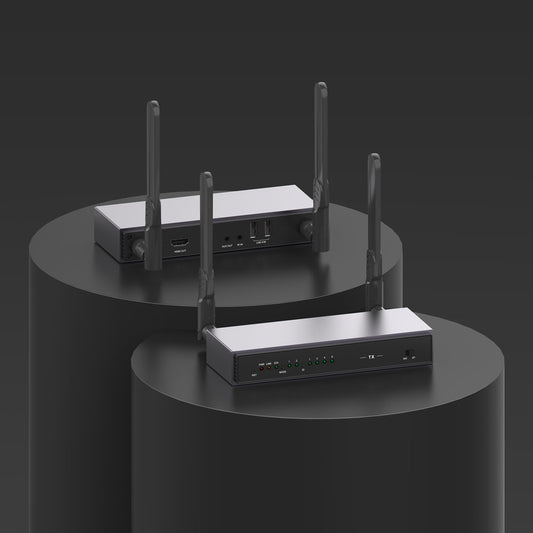
The Best Way To Extend The Length Of HDMI Cables
We can simply project movies, PowerPoints, or advertising on a digital screen thanks to HDMI technology. Both visual and audio data will be continuously transferred from one end of the HDMI cable to the other as the two devices are connected.
This effective data transmission is really helpful. With the help of a package of set-top boxes and media players and a large 4K display, we are able to construct a home theater. However, there is a drawback: if the HDMI cable is stretched too far, data quality suffers.
Fortunately, the HDMI cable may be extended by an HDMI extender up to 1000 feet (the maximum length of an HDMI cable is 50 feet). According to the required wire distance, this page offers to advise on which kind of HDMI extenders will work best for you.
How to Extend an HDMI Cable
The 4 main methods for extending an HDMI connection are HDMI repeaters, fiber optic HDMI cables, HDMI over ethernet extenders, and HDMI extenders. Choose the best form of solution for your circumstance because each has its limitations.
An HDMI repeater, for instance, would suffice to extend an HDMI wire throughout a room. If you wanted to extend the connection from your top floor to the basement, you would utilize one of the HDMI extender types.
HDMI extenders can relieve you of the tangled web of cords if you are connecting many sets of devices.
HDMI Repeater
Although they can still reach up to 60 to 100 feet for 4K resolutions, HDMI repeaters are better for shorter distances. It is best to use a repeater while moving from one room to another; in-wall installations are not advised.
An HDMI repeater connects two HDMI cables, extending the connection for shorter distances and boosting the signals for improved transmission.
The HDMI repeater and HDMI cable type affect the maximum length when using a repeater, although I've included the typical ranges below. Always use the device's proper input/output sides because HDMI repeaters are directional.
Fiber Optic HDMI Cable
Similar lengths can be covered using fiber optic HDMI cables and HDMI repeaters. However, fiber optic HDMI cables are smaller and cleaner. Only the cable is required; no other equipment is.
In contrast to normal HDMI cables, fiber optic HDMI cables are designed to be used at greater distances, up to 164 feet (50 meters), enabling 4K At 60 Hz.
These cables should only be used by themselves and not with an extender, repeater, or switch. Additionally, they must be fitted correctly so that the output/display label connects to the side that has the display.
HDMI Over Fiber Extender
The optimum applications for HDMI over fiber extenders are in-wall installations or very long-distance connections.
You might stretch the wire through the walls or underground to reach another home or the top floor of a building. Then attach an HDMI standard cable from the device to your display and the extender devices to the cable's ends. Use an optical fiber cable that is approved for use outdoors if you're utilizing this outside.
Wireless HDMI extenders
The transmitter (TX) and Receiver (RX) of an HDMI extender are connected by CAT cable, fiber optic cable, or wireless communications. The ability to connect two distant gadgets gives users more length.
With the use of a wireless HDMI extender, users may share material wirelessly from smartphones, tablets, or laptops to larger displays like TVs. Any content from those devices, including pictures, movies, presentations, and more, can be "screen shared" to a larger display.
You also can avoid the hassle of looking around for the appropriate cable and managing the connection by using a wireless extender. Devices without cables keep the area organized.
The signal strength might be reduced, for instance, by a wall or another wireless device. If you decide you want a wireless extender, think about where you'll put it and check that there won't be a lot of interference that would interfere with the wireless signals.
The ProScreenCast SC01 and other wireless HDMI extenders are excellent replacements for conventional wired connections. Easy to set up and use. Connect your mobile device to your TV by simply plugging in the adaptor.

Conclusion
A TV, monitor, or projector can receive wireless HD video and audio from your source devices, such as a cable box, Blue-Ray player, or laptop. While a standard HDMI extender uses an ethernet cable or coaxial cable to transmit and receive data, a wireless HDMI extender uses the frequency waves that are present all around us. Our PCs can connect wirelessly to other computers and servers thanks to routers' provision of WiFi signals. Even if you set your devices in different rooms or locations, HDMI extenders reach a considerable distance and link your devices.








